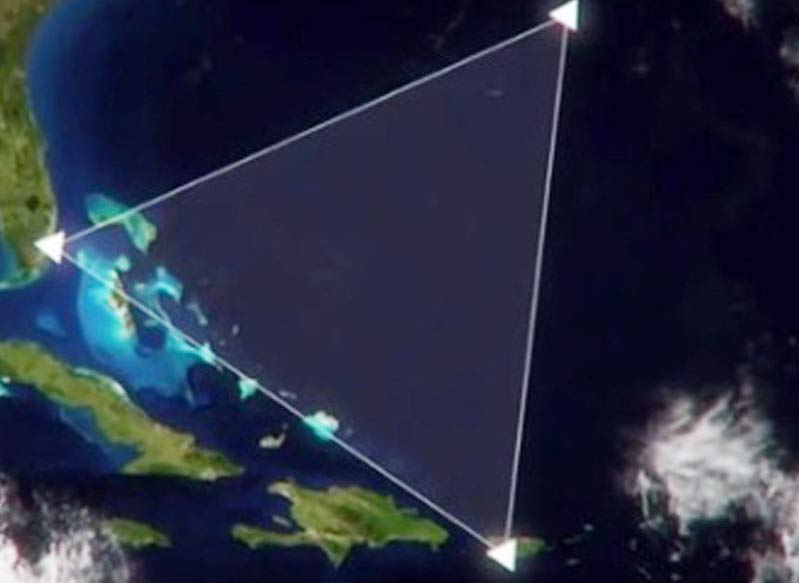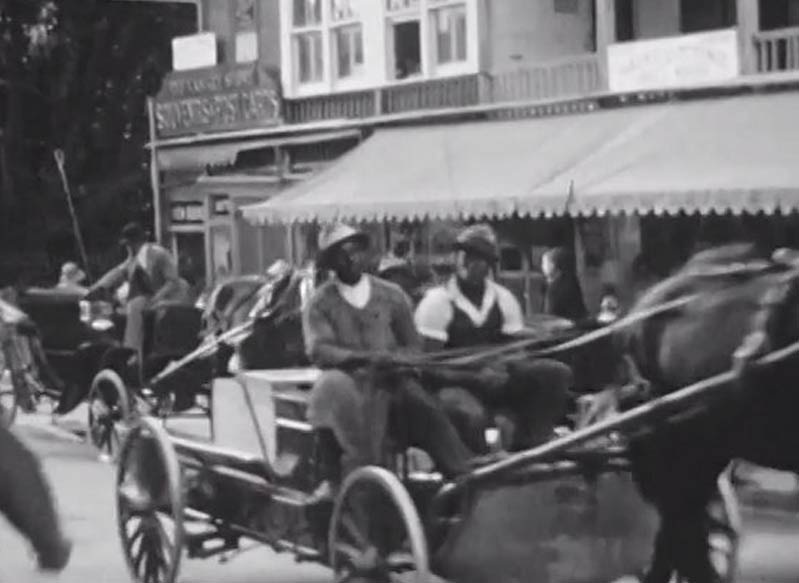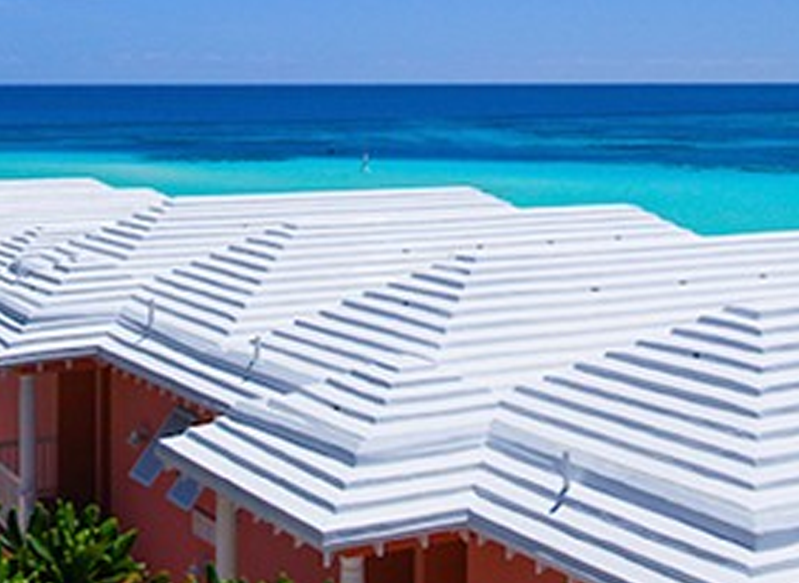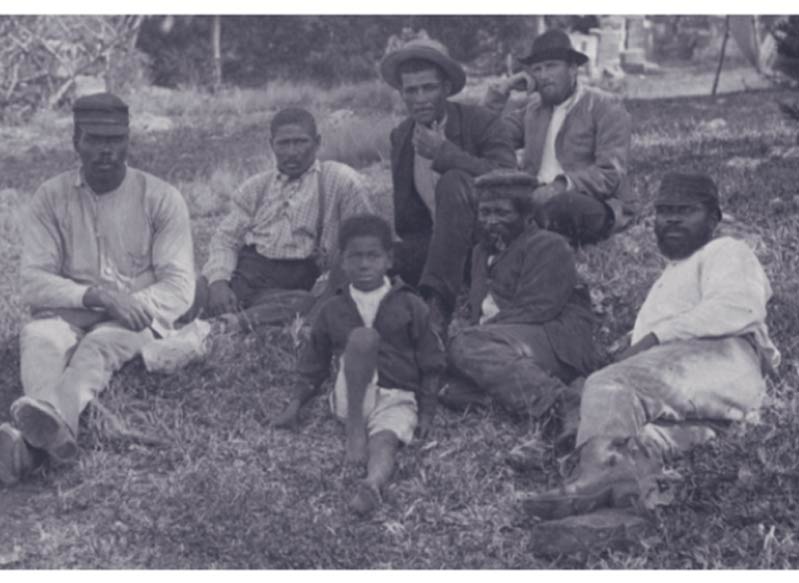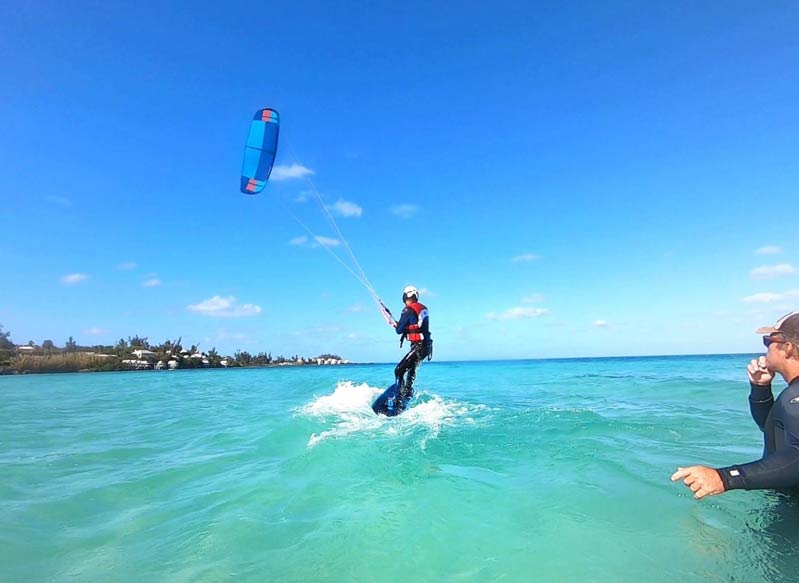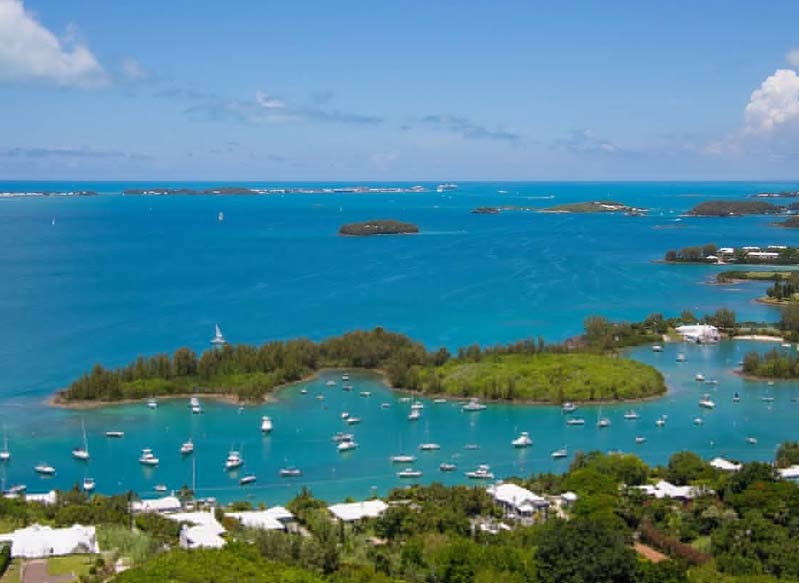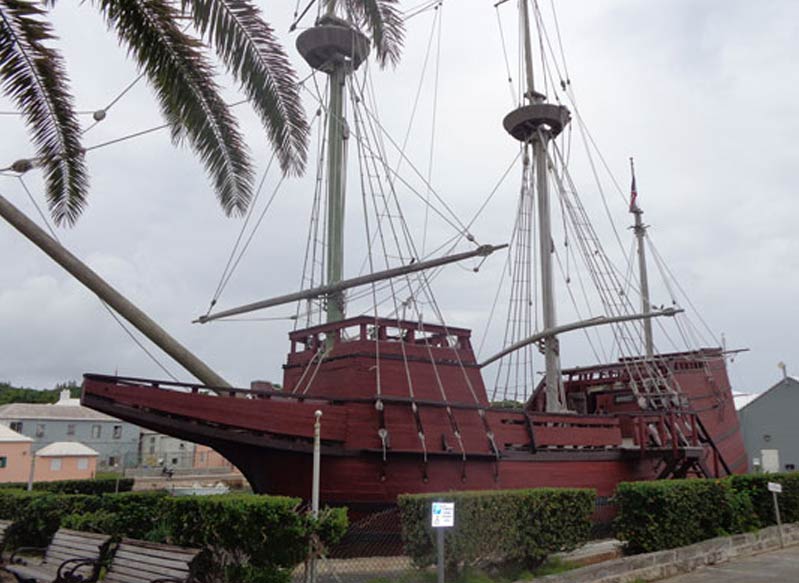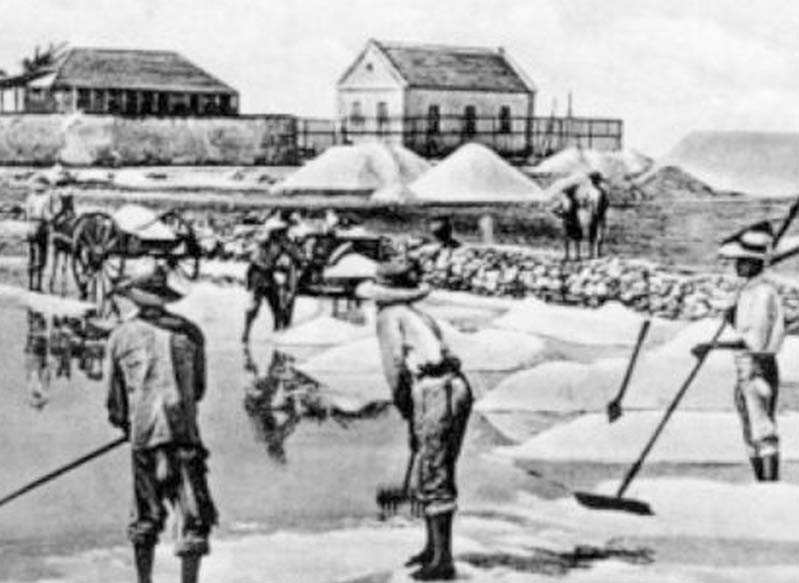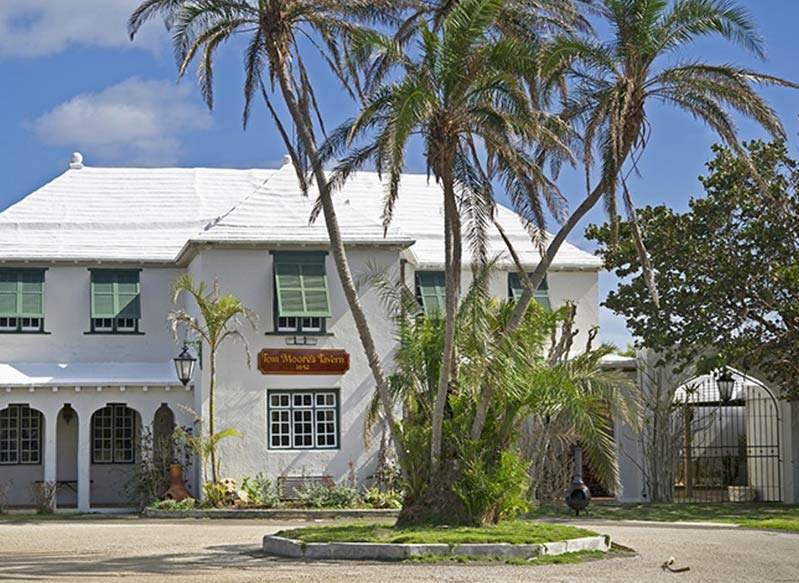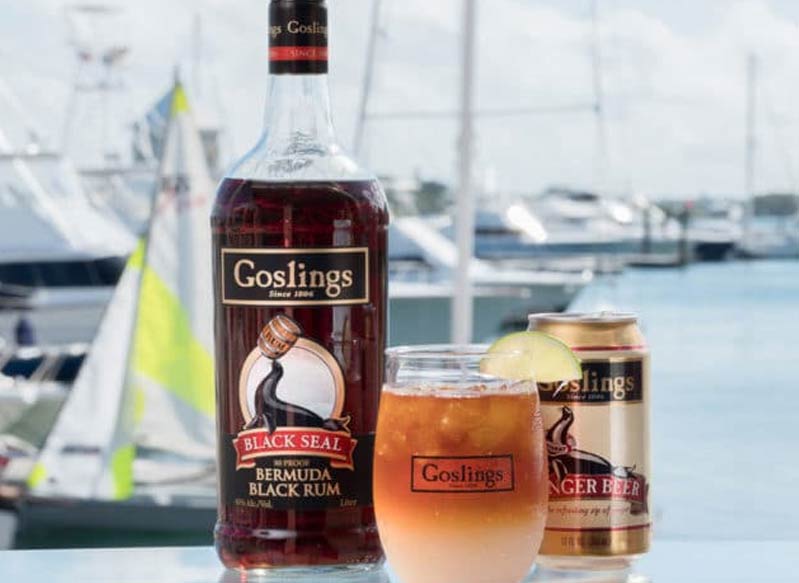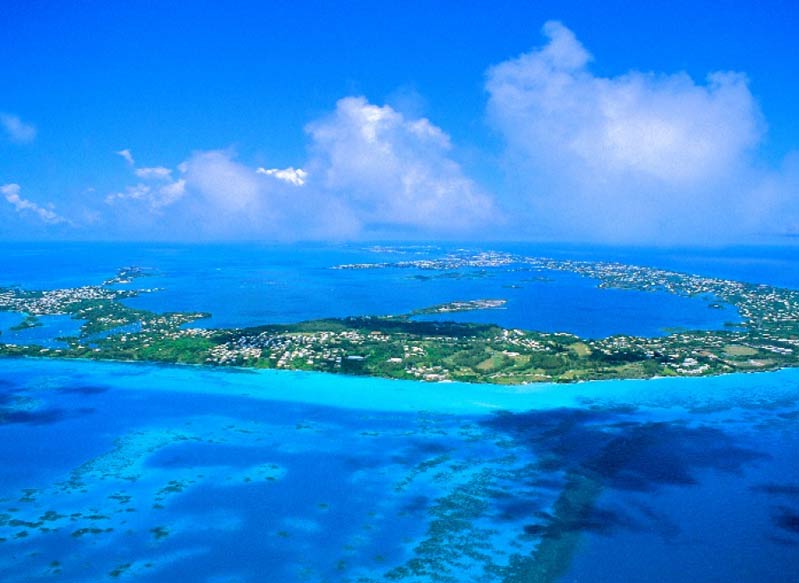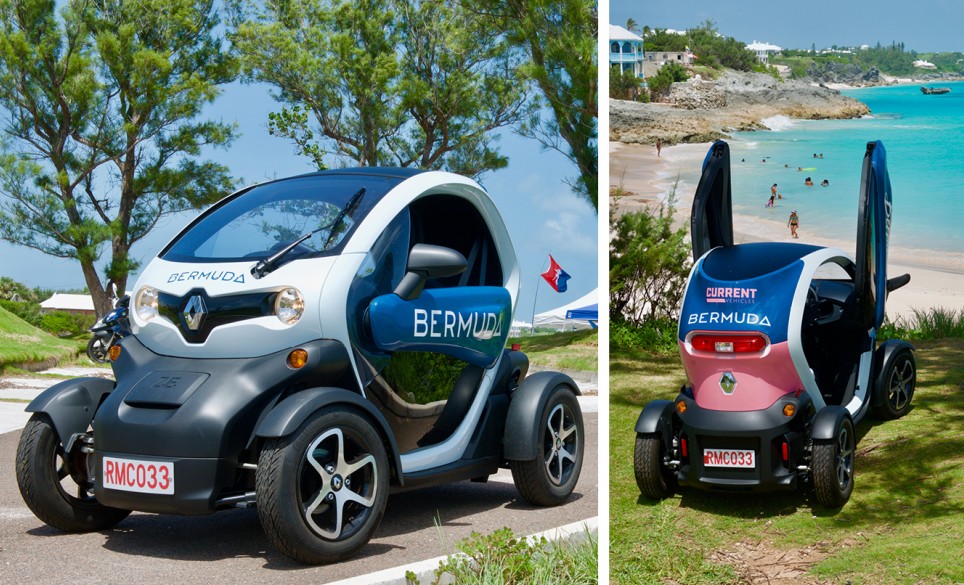The history of Bermuda is as unique as it is somewhat slightly mysterious on the global stage. Situated a little north of the trade winds, the infamous cross Atlantic seaward highway from the Canaries to the Caribbean, was the route for pirates and privateers. At an age where navigation was not by Google maps, but by the sextant and the stars. Where one wrong turn and miscalculation could surely see peril to all whom set sail upon this vast oceanic mass between the new and old worlds.
Just a little off course and by virtue of her geographic location, if Davy Jones Locker came calling, ire laddie! Bermuda was the hit or miss Isle of the Devil’s, in which her reef ridden expanse have given wreck to many of a ship, her captain and her souls!
Las Bermúda’s found her name from the Spaniard Juan de Bermúdez whom sailed past the island in 1505, naming the island after himself, as they typically do! Pirates and Privateers steered clear of Bermuda throughout the entirety of the 1500s, in fear of a perilous reef system slowly gaining traction with stories being told in ale houses, taverns and brothels of both the new and old worlds. The Isle of Devils thereof found its name for its treacherous reef system, loud indigenous birds (the Cahow) and it’s stormy and unpredictable weather.
The island thus remained un-colonised until July 1609 when the 300-ton single timbered ship the Sea Venture.
captained by Sir George Somers which was carrying 150 English colonists to Jamestown Virginia was shipwrecked on one of the island’s many reefs. These were Bermuda’s first inhabitants. Many centuries past and it was not until 1958 that Edmund Downing set forth to seek and ultimately found the shipwreck of the Sea Venture, at which point the iconic Bermuda diver/treasure hunter Teddy Tucker was called in to verify.
Due to what was likely a hurricane the captain and crew of the Sea Venture found themselves wrecked at sea on a deserted and seemingly doomed island. The colony set up temporary home for the 9 months it took them to build the new ships the Perseverance and the Patience as they built from the wreckage of the Sea Venture. With plenty of food fish, plants and wild hogs probably left from previous Spanish shipwrecks all 150 souls whom were wrecked survived only to set sail again to Virginia on there new built ships. They left behind 2 mutineers that remained on Bermuda allowing England to maintain claim on the island.
Bermuda’s first settlers were thus farmers and gentleman privateer’s, as some of whom where even sanctioned by the Queen of England for legal piracy. Stories of great hordes of treasure being buried or stashed in the tanks of houses and of queen sanctioned privateers going rogue and cutting ties to the monarchy, only to pillage and plunder for their own virtue, from Bermuda’s central location between the new and old world’s. Farmers would grow fruits such as oranges and lemons and raise turkey, pigs and cattle. With privateers & pirates from many countries landing on Bermuda’s star lust shores for acquiring provisions which gave way to trade that started to flourish in the 1600th to 1800th centuries. The only way to preserve the food was salt, as such Bermudian sailors would set sail to the Caribbean and buy large stocks.
In the 1640s Bermudians set up a settlement in the Bahamas on Turks island to rake their own salt which was shipped back to Bermuda for the ever-growing colony. With their new settlement and salt production underway the sailor gentleman privateers then began a more ambitious trade initiative in
which lumber, rum grain and sugar where imported into Bermuda.
During the 1600’s a tyrannical company of Tobacco investors most of whom never arrived to her shores ruled the island through tenant farmers that planted their shares of land.
It was in 1616 that the first black man arrived on the ship The Edwin to dive for pearls.
It was just shortly after in 1624 that the first slaves where bought to Bermuda by Sir Robert Rick the Earl of Warwick.
In June 1730 a slave girl Sarah aka Sally Bassett mulatto bonds women was burned at the stake for trying to poison her Master and 2 others in the Forester Family.
The slave revolt took siege to the island in 1761 as an estimated half of Bermudas black population plotted to revolt and kill the islands slave owners. Governor William Popple thus declared martial law and executed six slaves while banishing many others to America and other parts of the world. In 1762 a watch law was passed by senate in Bermuda and any slaves not found to be where they belonged at dark was subsequently given 100 lashes. In 1792 the first step towards slavery being abolished in Bermuda and as a whole the world was set forth when Jemmy Darrell guided the flagship the Resolution into St George’s. He was subsequently made a manumitted (a free man) by Governor James Crawford.
Next to ravage the island outside of slavery was a small pox outbreak in which many Bermudians died and it wasn’t until finally in 1804 that inoculations where finally made possible on island thanks to the work of Madame Curie of France. The Irish poet Tom Moore also arrived in Bermuda in the same year of 1804 and Tom Moore’s Tavern
was later named after him. (We highly recommend this time capsule restaurant to dine with your significant other or family and friends while visiting our little piece of paradise. Why not take a jaunt through Tom Moore’s jungle in which the Tavern is situated and burn off some of those calories. While exploring you can have a swim in the crystal-clear waters of Bermudas only non-gated Stalagmite, Stalactite swimming cave, being a must for the adventuress at heart) In 1806 James Gosling set sail from England and decided to set up in shop in Bermuda in which Gosling’s Rum (Black Seal) and the internationally recognised Dark and Stormy (Rum & Gingerbeer) was born.
The Bahamians after incurring considerable expenses in absorbing loyalist refugees from the many non-American colonies returned to taxing Turks salt for the much-needed money. The Bahamian Government thus ordered all ships bound for Turks to acquire a license from Nassau. This was no different for the Bermuda ships the Fanny and Friendship that failing to acquire a permit were seized in 1786 as soon after 3 other Bermuda ships where seized in Grand Caicos. In 1806 the Bermudian Customs Authority acknowledged the Bahamian annexation as they set forth to allow free exchange between Bermuda and Turks. In the years 1813 and 1815 two hurricanes destroyed hundreds of houses and their salt stores. After such destruction from the incurring hurricanes Bermuda abandoned the Turks.
The American war of 1812 was to bring back the age of Bermudian Privateers that had steadily been seeing its demise since the 1790’s, which was impart due to the build-up of the American naval base in St David’s Bermuda. Subsequently the Admiral’s reliance on privateers in the western Atlantic was greatly reduced due to a series of successful legal suits in America, damages claimed upon consequently by British privateers with a good portion being directed at Bermudian privateers. There forth as the British government was trying to pay court to the United States in order to sway their alliance away from France, a favourable ear was giving to the American ship owner’s. As Bermuda and her part in the real-life Pirates of Caribbean already had centuries of traction under her belt, it was not so unfathomable that during the American War Bermudian privateers would thus capture 293 ships in comparison to the entire British navy capturing between the West Indies and great lakes 1593 ships. Not so bad or good however you may look at it for a population of 5862 Bermudians in comparison to 10.5 million Brits at the time.
With the build-up of the British Royal Navy establishment in the first three decades of the 19th century more fortifications and batteries were constructed across the island from east to west.
With agriculture and tourism starting to boom by the mid 19th century Bermuda entered into the economic development.
However as Bermuda was still horse and carriage until the first automobile was introduced in 1948 the island has always been a time capsule.
Today Bermuda sees both international business as an off shore tax haven and an upscale Tourism market.


